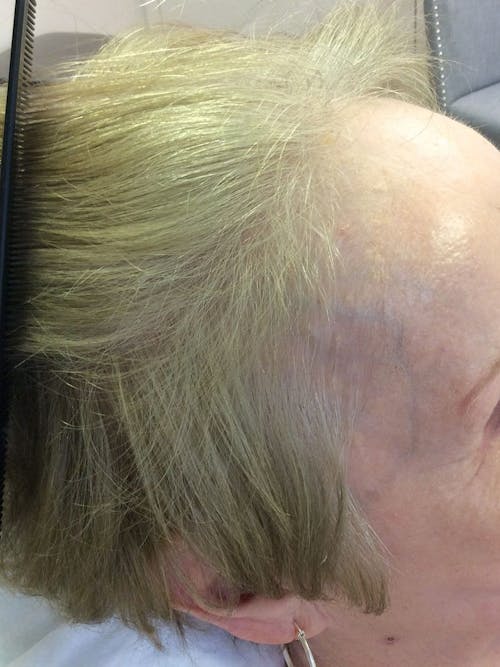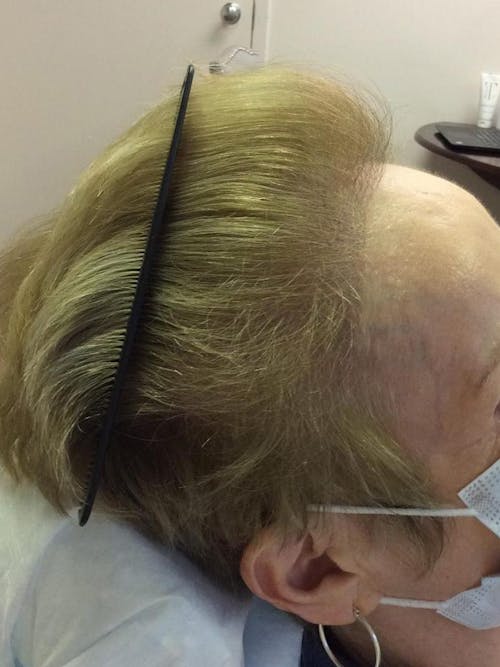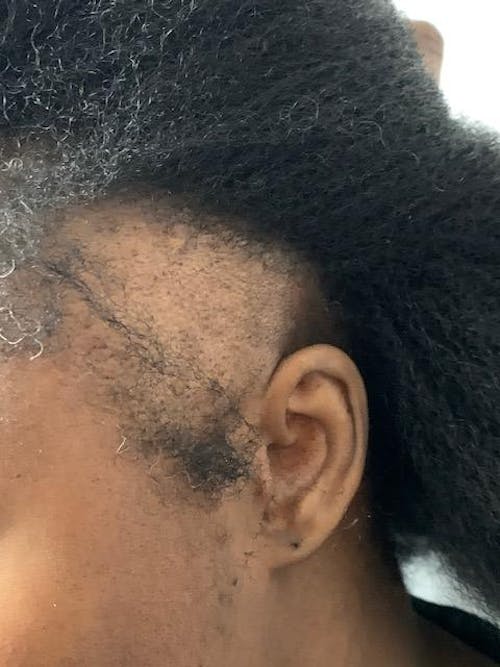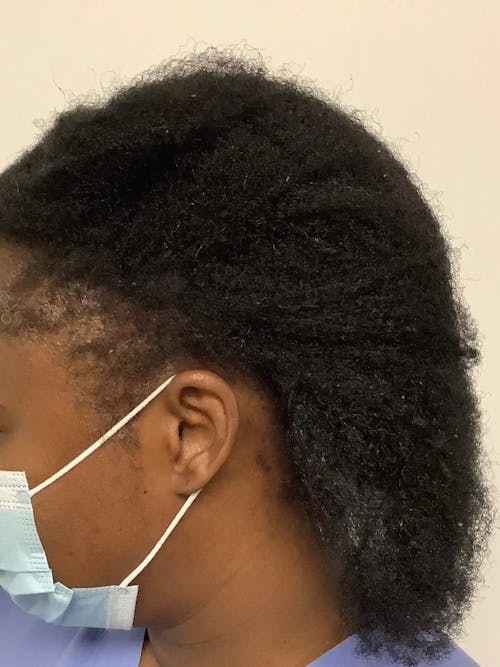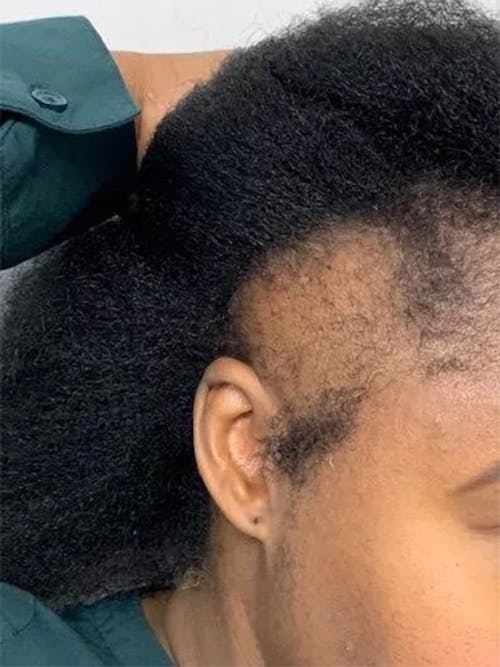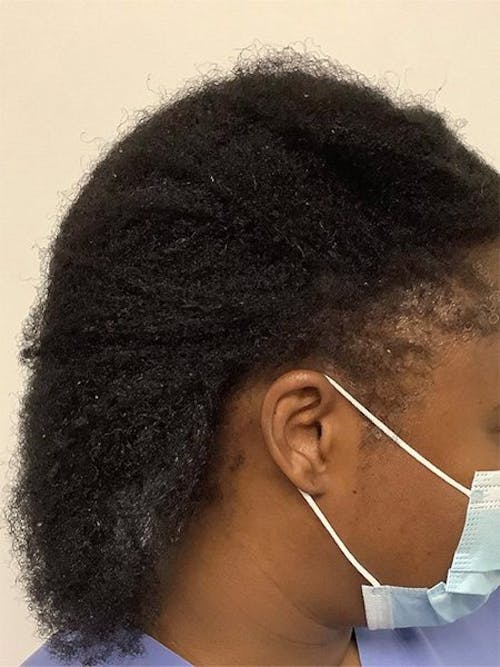Like Follicular Unit Transplantation (FUT), Follicular Unit Extraction (FUE) restores hair loss by moving follicles from a donor area to another location where hair loss is a concern. However, the method for removing follicles is different in an FUE, as we are able to take individual follicles from the donor area!
Hair Graft Estimator
All hair transplants require patients to have enough hair available in the donor area to use as grafts. To estimate how many grafts you may need for your transplant, use our Hair Graft Estimator tool.
This estimator is for educational purposes only and provides a general idea of the number of grafts that may be required. The actual number can only be determined by Dr. DiStefano during your consultation.




